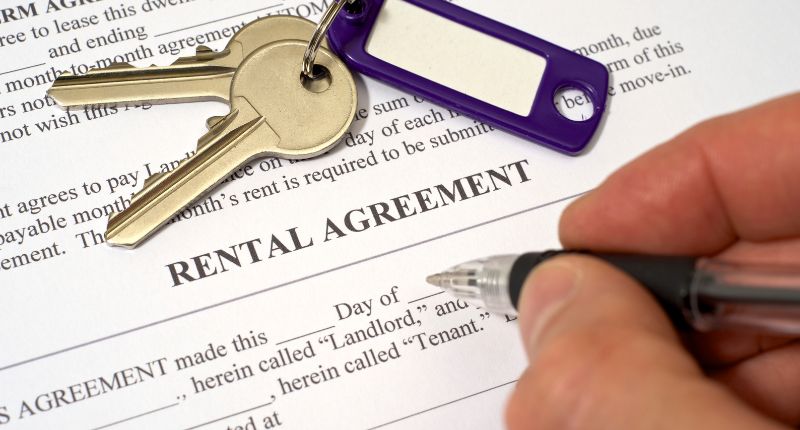
- Australia was only third behind France and Germany for the lowest percentage of households in rental stress among the OECD countries.
- A quarter of NZ, and almost a quarter of UK households were experiencing rental stress.
- Making investing less attractive has had poor outcomes overseas.
Only 10% of Australian households are experiencing rental stress, according to a recent analysis of OECD data by The Economist. This is the third lowest proportion of the rental market behind France (9%) and Germany (5%).
Rental stress is typically defined as spending more than 30% of income on rental payments. In The Economist’s analysis, it was defined as spending more than 40% of disposable income on rent.
With rents surging globally, Ray White chief economist, Nerida Conisbee, said it is timely to observe Australia’s rental market affordability in comparison to the rest of the world.
How does Australia measure up to other countries?
In spite of a fairly austere outlook, Australia’s population of renters is not suffering a high proportion of rental stress compared with other nations, according to an analysis of OECD data undertaken by The Economist.
Proportion of households under rental stress

Conisbee said New Zealand’s high numbers highlight specific problems with not providing the right incentives to encourage greater supply of rental properties.
“It is clear that New Zealand had problems with shortages of rental properties in 2020,” she said.
“This was two years after foreign investment in property was banned in that country (foreign investors can play a major role in providing rental properties).
“However in 2021, they put in measures which will make it worse, no longer allowing tax deductibility of interest repayments for investors.
“This was done without a plan for anyone else to provide a large number of rental homes.”
Conisbee noted incentives available to property investors in Australia have been successful in providing a steady stream of rental properties and keeping the proportion of households under rental stress at globally low levels.
“Between 1996 and 2021, there were an additional 1.1 million rental properties provided by investors,” she said.
Supply of rental homes over the past two decades

“Compare this to an increase of 41,000 homes provided by community groups and more jarring, a loss of 53,000 rental properties provided by the government.”
Rental increase driven by high migration levels
However, Conisbee added that the levels of aforementioned rental stress are likely higher now, across the world and in Australia, with rents surging post-pandemic.
She said this surge was driven by both a reduction in household size during the pandemic and then a return of high migration levels.
According to the Australian Bureau of Statistics (ABS), Australia’s population grew by 2.2% to 26.5 million people in the 12 months leading up to 31 March this year.
ABS head of demography, Beidar Cho, said: “13 months after international borders were re-opened, net overseas migration accounted for 81% of growth and added 454,400 people to the population in the year to March 2023.”
Population growth
| Population at March 31 2023 (‘000) | Change over previous year (‘000) | Change over previous year (%) | |
| New South Wales | 8294.0 | 156.3 | 1.9 |
| Victoria | 6766.6 | 161.7 | 2.4 |
| Queensland | 5418.5 | 124.2 | 2.3 |
| South Australia | 1844.6 | 29.2 | 1.6 |
| Western Australia | 2855.6 | 78.3 | 2.8 |
| Tasmania | 572.7 | 2.4 | 0.4 |
| Northern Territory | 251.7 | 2.1 | 0.9 |
| Australian Capital Territory | 464.6 | 8.9 | 2.0 |
| Australia | 26473.1 | 563.2 | 2.2 |
Source: ABS
How conditions can be improved for Australian renters
Conisbee said while Australia is doing relatively well on the global stage – at least in terms of proportional rental stress – more should be done to improve the supply of rental properties and other policies.
“It is a relief that the $10 billion Federal Government Housing Australia Future Fund was finally passed, promising to provide an additional 30,000 social and affordable homes,” she said.
While build-to-rent is likely to supply very little when compared to traditional landlords, Conisbee noted, it will at least supply a different kind of rental experience.
“[It is] particularly suited to those who want to live in apartments in suburbs with a high degree of amenity,” she said.







